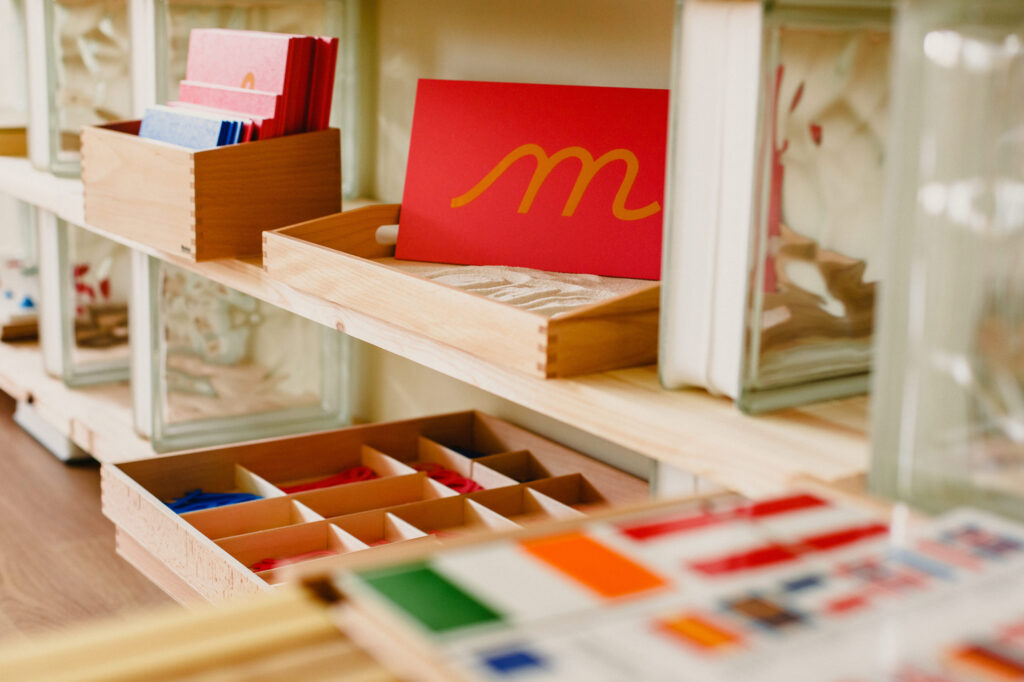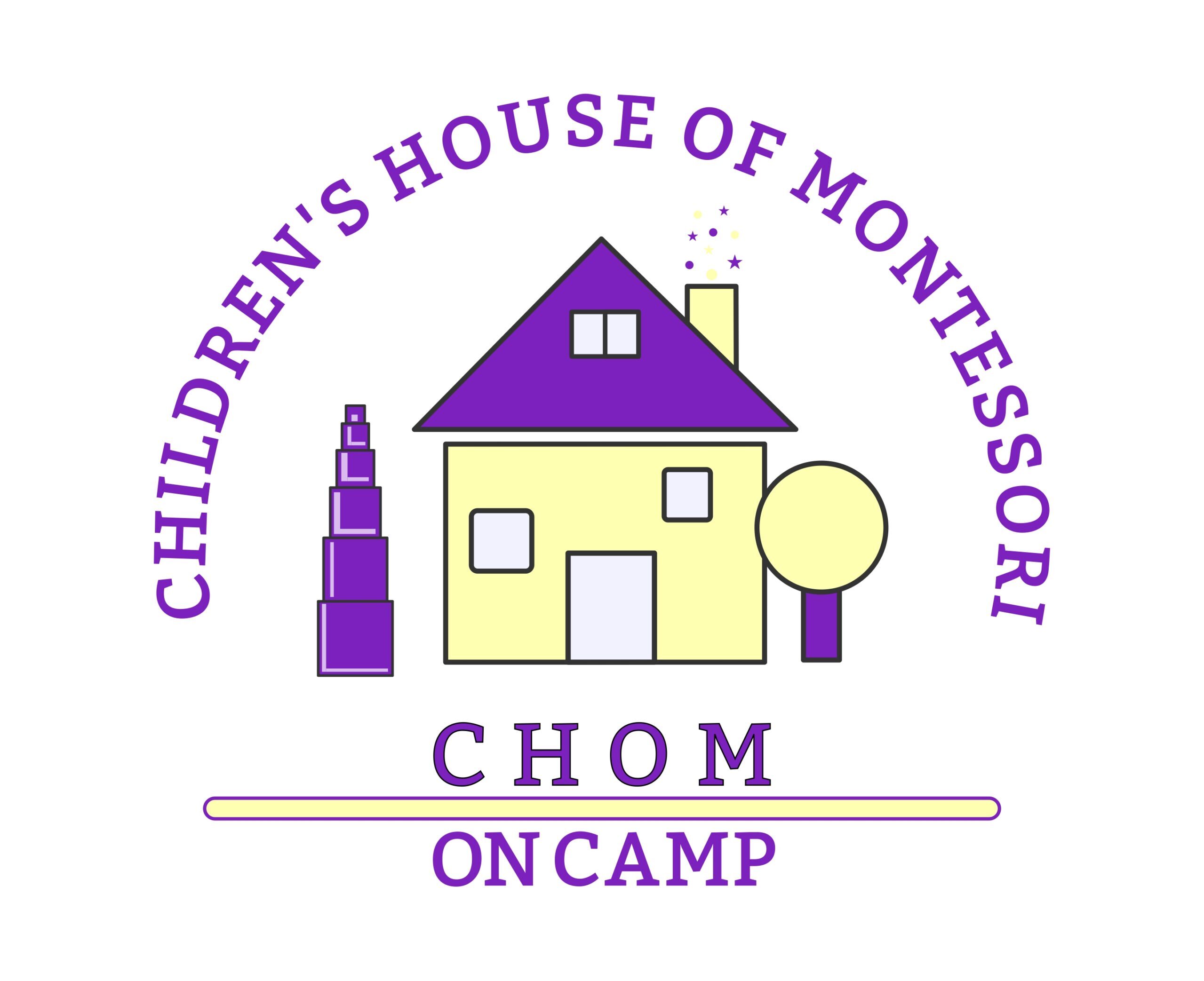Montessori Primary Curriculum
The Three-Year Cycle
The progression of the Three-Year Cycle was laid out by Maria Montessori to follow the natural acquisition of skills and knowledge from year to year throughout each developmental period of a child’s life. Each step of a child’s development and learning from the time s/he enters the Montessori classroom serves as a solid foundation for the next. Each year of the Montessori program builds on the skills and knowledge acquired in earlier years. At the end of each three-year period, key skills are solidified, and the academic and personal growth that the child has been building towards in their previous two years.
To receive the full benefits of a Montessori education, a child who enrolls remains in the program for three years. One analogy would be to think about trying to sew a dress before knowing how to use scissors or how to thread a needle. A true Montessori program works in the same way. Therefore, the importance of the three-year cycle is so crucial.
We cannot stress enough the importance of full completion of the Three-Year Cycle at CHOM on Camp. The progression of the Three-Year Cycle was laid out by Maria Montessori to follow the natural acquisition of skills and knowledge from year to year throughout the early developmental period of a child’s life. At CHOM on Camp, every single activity that the children work with are building blocks for the next skill. Nothing is arbitrary or isolated. For later knowledge building, the steps before need to be followed and to ensure acquisition of the full skill set, the final steps must also be taken. That is why we stress the completion of all three years of our program.

Practical Life
Within the Practical Life lessons are lessons in Grace and Courtesy, Care of Oneself, and Care of the Environment. Through these lessons, children will not only learn confidence and self-sufficiency, but will also be strengthening their hands and building up their oral language in preparation for writing.
Sensorial
The sensorial materials are the stars of these lessons. The materials beautiful to capture the attention of the young child. They are specifically designed to isolate a particular attribute (color, dimension, weight, smell, sound, etc.), so that your child can develop their own foundation of knowledge about the world around them. Music is a part of this area, and children will be exposed to a variety of genres.
Language
From preparation of the hand through scrubbing, polishing, and metal insets, and through knowledge of sounds through sandpaper letters and sound games, the child will learn to write. Once they have the foundation of putting sounds together (constructing) to express their own ideas, they can apply that knowledge to analyzing other’s words (deconstructing) in the form of reading. Throughout this long process, we support the children’s language development by reading aloud to the children daily, and providing a plethora of fiction and non-fiction reading material.
Math
From the first practical life lessons, to the first sensorial lesson, the Pink Tower, the children are beginning their journey developing their Math sense. Setting the table teaches the child one to one correspondence. The tiniest pink tower cube is 1cm3. Children learn numerals and quantities concretely, and when they are ready, are presented lessons that help them to connect the two. From there, they continue to learn more about the decimal system and mathematical functions through continued concrete materials, including the sensorial materials with which they are already familiar.
Extensions to Language
Extensions to Language lessons are the richest and most vibrant of the areas. These lessons include lessons in Art, Science (Botany, Zoology, and more), Geography, Musical, and Cultural Studies. To support our concrete learning of cultural studies, we invite families into the classroom to share from their own backgrounds.

